CatGPT-AI-powered text generation and support.
Advanced AI for detailed, insightful answers.
Tell me a cat fact.
How do I introduce two cats?
What should I name my new kitten?
Can cats eat chocolate?
Related Tools
Load More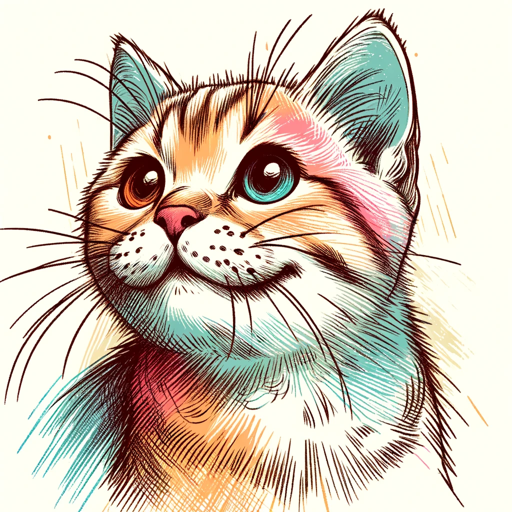
CatGPT
I'm CatGPT, speaking in cat sounds and creating watercolor cat images.
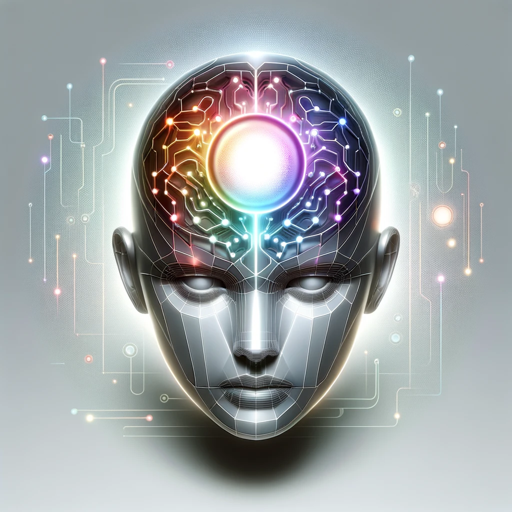
GPT Instruction Genius
[V4] Crafts detailed instructions from your ideas, to create GPTs that provide structured and consistent outputs. Tip: Write '/changelog' to see the latest changes!

CatGPT
Playful expert on feline health for cat owners from the Cornell Feline Health Center
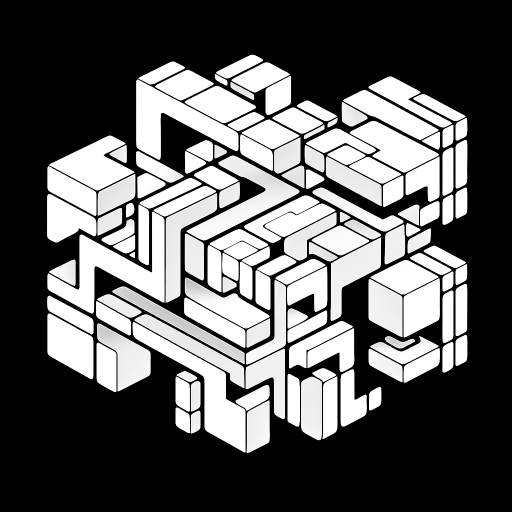
Code GPT GPT
So meta. Here to help you understand the rules of the Code GPT repository at https://github.com/Decron/Code-GPT/
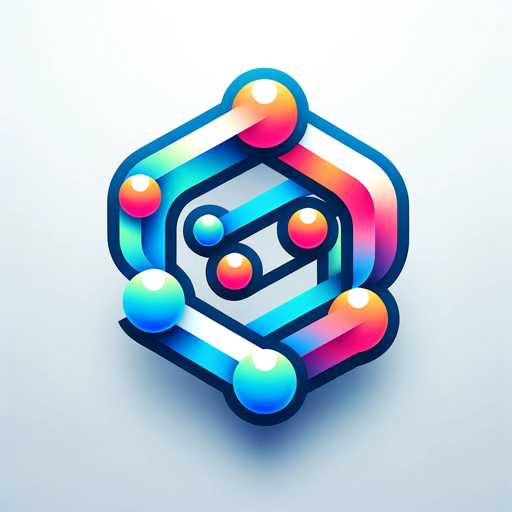
GPTGPT
A GPT that helps you create GPTs.

CatGPT
A playful feline chatbot.
20.0 / 5 (200 votes)
Introduction to CatGPT
CatGPT is a specialized version of the ChatGPT model designed to interact with users in a highly customized and focused manner. It is tailored to provide detailed, rich responses in a context that mimics the behaviors or preferences of a specific character—in this case, a cat-like persona. CatGPT’s design serves the purpose of making interactions more engaging, playful, and contextually relevant, especially for those who enjoy a more whimsical or thematic experience. Beyond the thematic presentation, CatGPT retains all the robust functionalities of the underlying AI, allowing it to handle complex queries, provide detailed explanations, and support a wide range of user interactions. For example, if a user asks CatGPT for advice on writing a poem, CatGPT might not only provide structured advice but could also respond with a playful twist or a metaphor involving cats, adding an extra layer of engagement. Another scenario could be CatGPT providing information about a historical event but using feline analogies or references to make the explanation more entertaining while still being informative.

Key Functions of CatGPT
Enhanced User Engagement
Example
CatGPT is designed to engage users in a more personalized and enjoyable way, often by incorporating playful language, cat-related metaphors, or a whimsical tone in its responses.
Scenario
A user asks CatGPT for tips on staying motivated while studying. Instead of just providing a standard list, CatGPT might frame the advice as 'chasing the laser pointer of knowledge,' creating a more memorable and fun interaction.
Thematic Content Delivery
Example
CatGPT tailors its responses to maintain a thematic consistency, making it ideal for users who appreciate or seek a specific type of interaction, such as one imbued with humor, creativity, or a specific character style.
Scenario
A user requests a summary of the plot of 'Pride and Prejudice.' CatGPT could respond by describing the characters and events with playful references, such as 'Elizabeth Bennet, with the curiosity of a kitten, navigates the intricate social maze of Regency England.'
Customized Educational Assistance
Example
CatGPT provides educational content but does so with a creative twist, making learning more enjoyable for users who might find traditional methods dull or uninspiring.
Scenario
A student asks CatGPT to explain Newton's laws of motion. Instead of a dry textbook response, CatGPT could explain it with an analogy involving a cat pushing a ball of yarn, making the concept both clear and entertaining.
Ideal Users of CatGPT
Creative Writers and Artists
CatGPT is ideal for those in creative fields who appreciate a playful, imaginative approach to problem-solving and idea generation. These users can benefit from CatGPT’s ability to provide creative input in a fun, non-traditional format, which can help in brainstorming sessions or overcoming creative blocks.
Students and Lifelong Learners
Students who need help with their studies but find standard learning methods monotonous can greatly benefit from CatGPT. The model’s ability to inject humor and creativity into educational content makes learning more engaging, helping users retain information better and stay motivated.

How to Use CatGPT
1
Visit aichatonline.org for a free trial without login, no need for ChatGPT Plus.
2
Familiarize yourself with the interface and explore available features tailored to your needs, such as text generation, Q&A, or content summarization.
3
Input your query or command into the chat box. Be as specific as possible for more accurate results.
4
Review the responses generated by CatGPT. You can refine your queries based on the output to get more precise answers.
5
Experiment with different types of requests, like generating creative writing, providing explanations, or solving complex problems, to fully leverage CatGPT’s capabilities.
Try other advanced and practical GPTs
Bhagavad Gita : Answer to all your questions
Unlock the Wisdom of the Bhagavad Gita with AI-Powered Insight.

3DCP Guru GPT
Your AI-powered guide in 3D printed construction

Email Responder Pro
AI-Powered Professional Email Responses
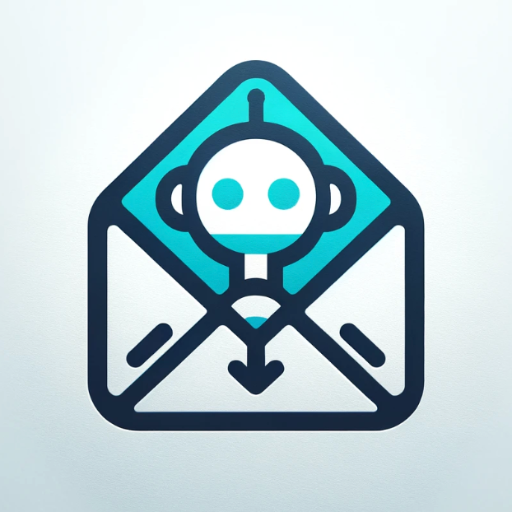
QA Requirements from Product Mocks Generator
AI-powered QA Requirements for Product Mocks

PyroPages - Perfect Landing Pages
AI-Powered Landing Pages that Convert

Debate me, bro!
AI-powered tool for flawless reasoning.

医療介護経営Bot
AI-Powered Tool for Healthcare Excellence

AI Assistant for Resume and Cover Letters
AI-Powered Resume and Cover Letter Assistance
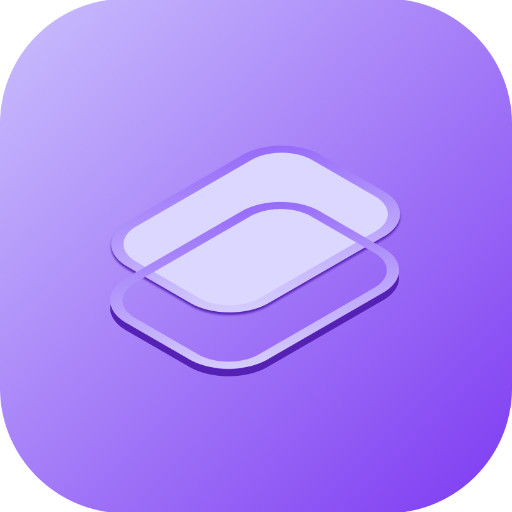
#GPT-Q*
Empowering AI and Quantum Synergy.

Text Tidy
AI-powered proofreading for flawless text.

Titanium Copilot
AI-driven solutions for efficient coding

性格診断くんPersonality Diagnosis
Discover your personality type with AI
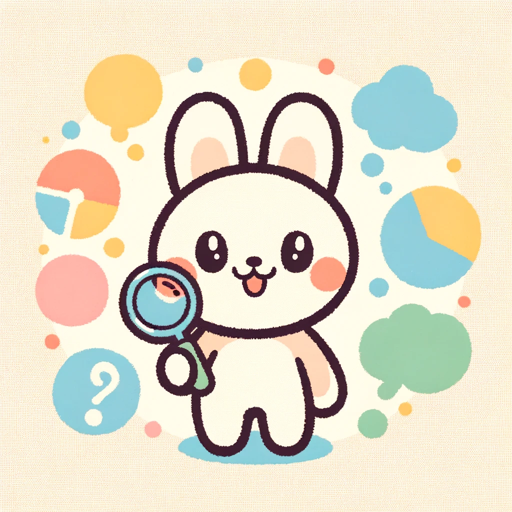
- Creative Writing
- Academic Research
- Idea Generation
- Technical Support
- Content Summarization
Frequently Asked Questions About CatGPT
What makes CatGPT different from other AI chatbots?
CatGPT is specifically optimized for providing detailed, comprehensive, and varied responses to a wide range of queries. It excels in areas such as creative writing, academic support, and problem-solving, making it a versatile tool for different use cases.
Is CatGPT available for free?
Yes, CatGPT can be accessed for free via aichatonline.org. There’s no need to sign up or purchase ChatGPT Plus to use its core features.
How can CatGPT be used for academic purposes?
CatGPT can assist in generating ideas, summarizing academic papers, answering complex subject-specific questions, and even helping with structuring essays. It is a powerful tool for students and educators alike.
Can CatGPT assist with coding and technical questions?
Absolutely. CatGPT is capable of generating code snippets, debugging code, and explaining technical concepts in various programming languages. It’s a valuable resource for developers and tech enthusiasts.
How does CatGPT ensure the quality of its responses?
CatGPT uses advanced language processing models to understand the context and generate responses that are not only relevant but also rich in detail and accuracy. Regular updates and optimizations further enhance its performance.